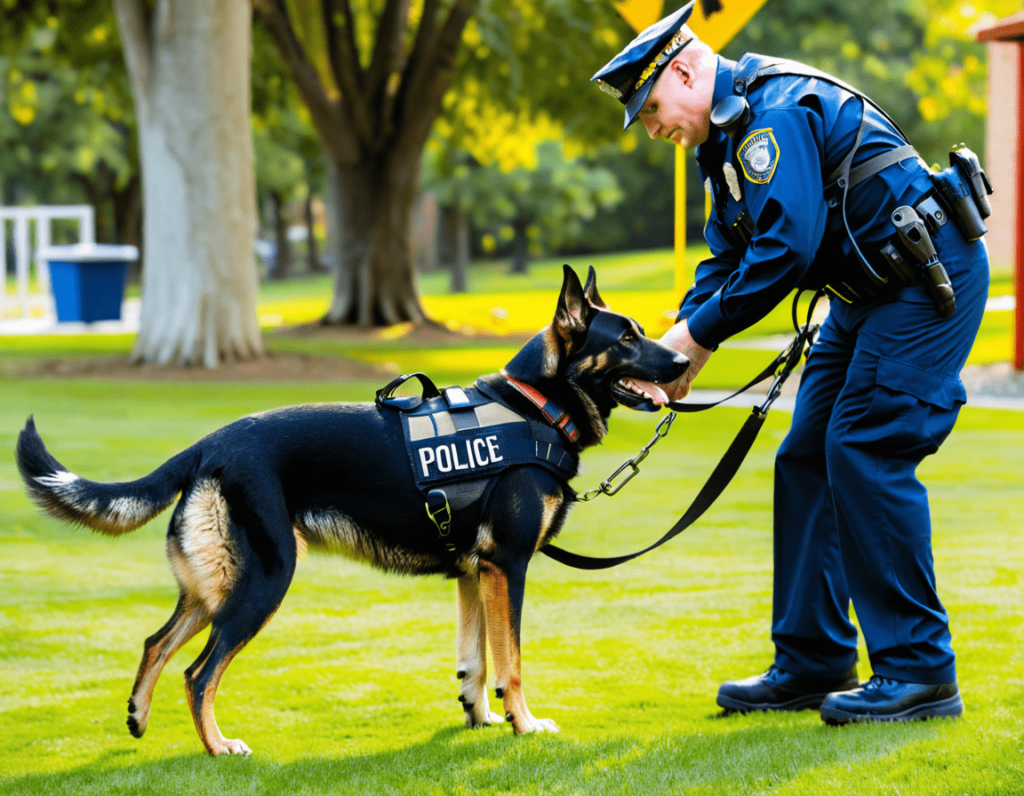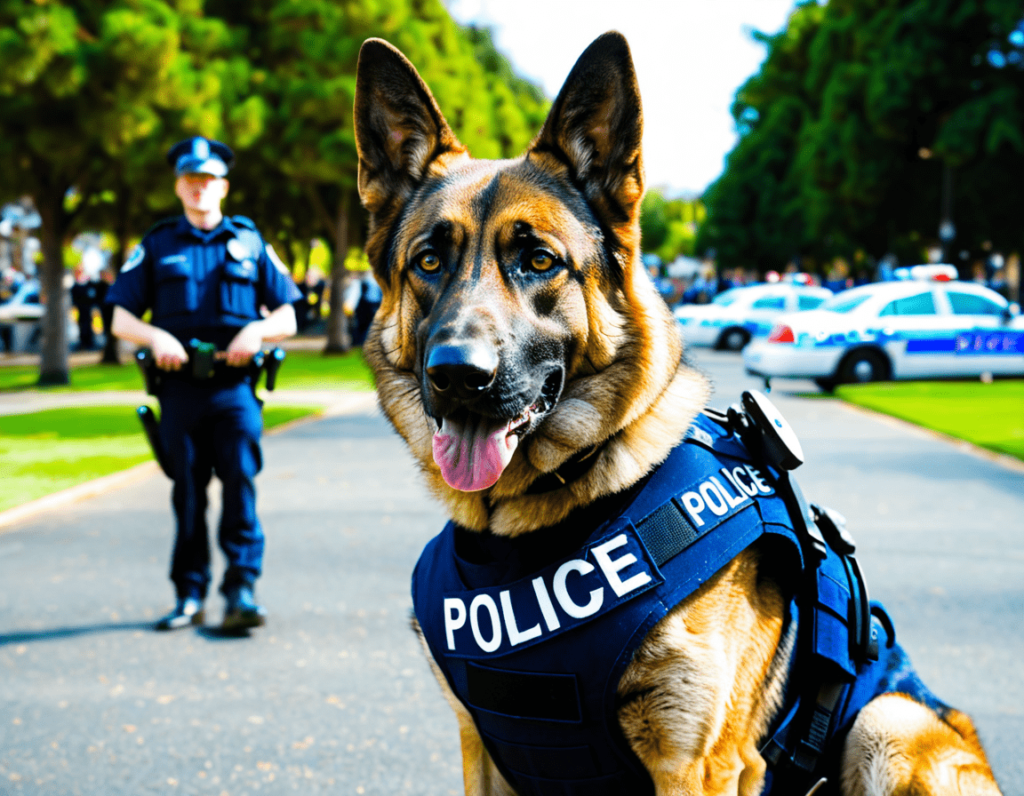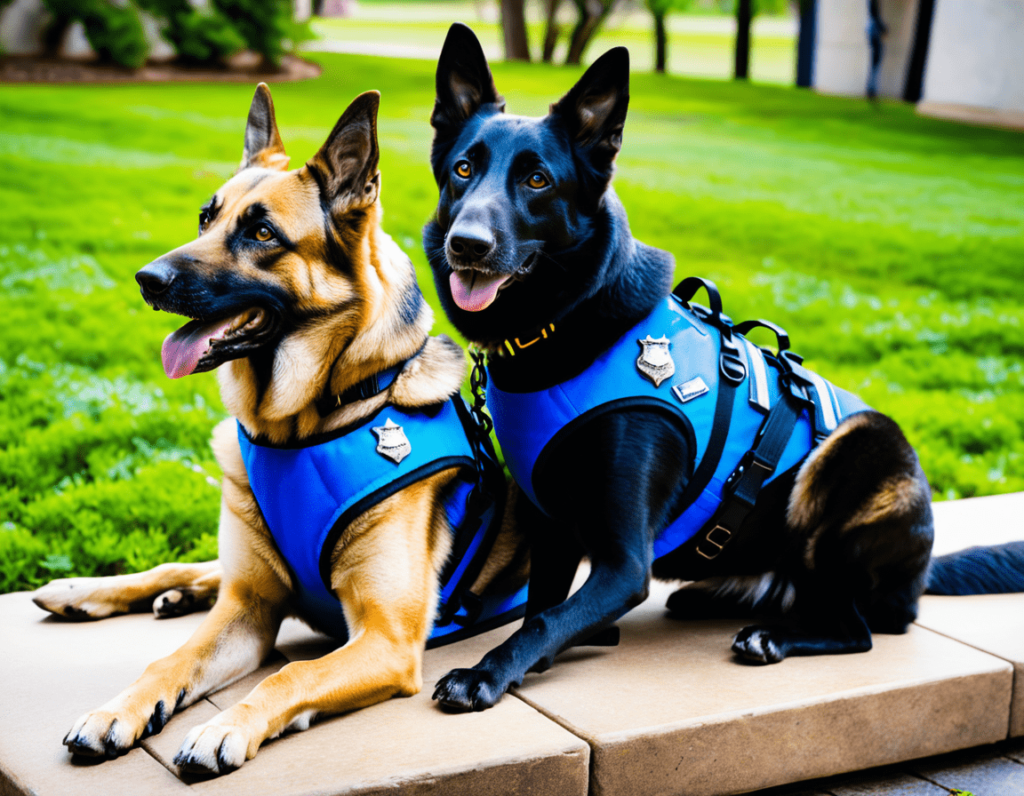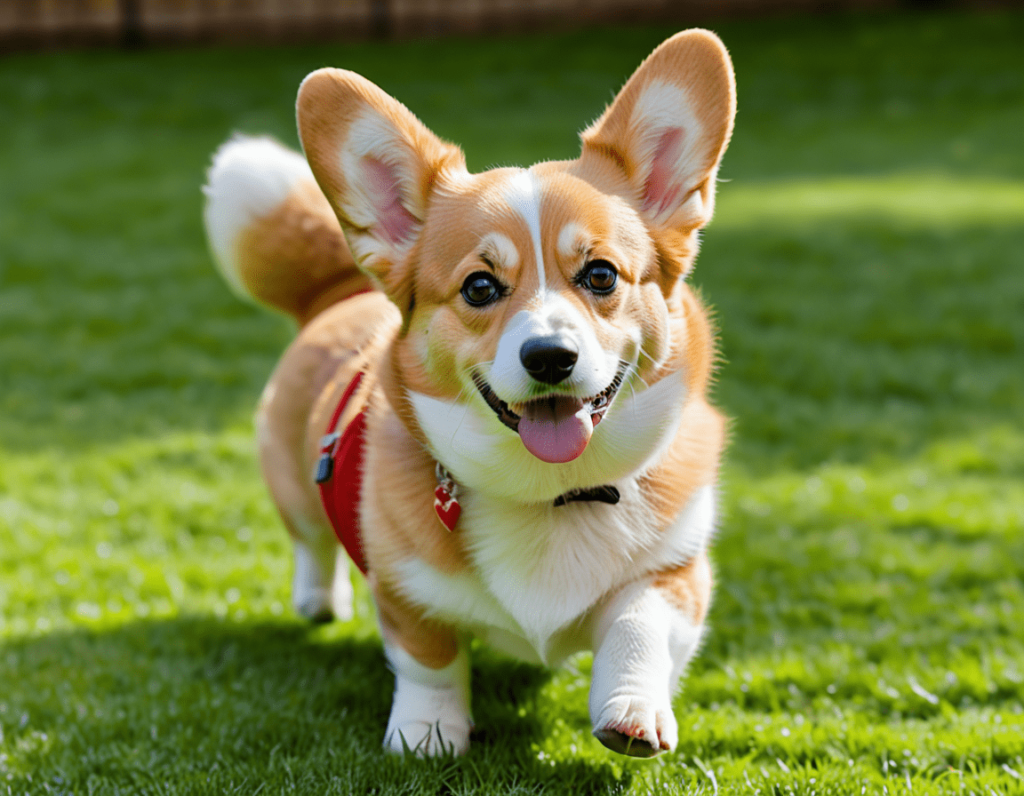
When you think of dogs, you might picture a furry friend wagging its tail and begging for treats. But did you know that many dogs have jobs that go beyond being adorable companions? That’s right! Working dogs play essential roles in various fields, from assisting humans with disabilities to protecting our homes and communities. Let’s dive into the world of working dogs and explore their incredible roles—and maybe share a chuckle or two along the way!
What Are Working Dogs?
Working dogs are trained to perform specific tasks that assist humans in their daily lives or help in certain professions. These furry heroes are often highly intelligent, eager to please, and—let’s be honest—just downright lovable. They take their jobs seriously, but that doesn’t mean they can’t have a little fun (especially when there’s a treat involved).
Fun Fact: Ever seen a dog fetch a beer from the fridge? Okay, that might be a stretch, but some working dogs have skills that are just as impressive!
Different Types of Working Dogs
Working dogs are trained to perform specific tasks that assist humans in their daily lives or help in certain professions. These furry heroes are often highly intelligent, eager to please, and—let’s be honest—just downright lovable. They take their jobs seriously, but that doesn’t mean they can’t have a little fun (especially when there’s a treat involved).
Fun Fact: Ever seen a dog fetch a beer from the fridge? Okay, that might be a stretch, but some working dogs have skills that are just as impressive!
1. Service Dogs
Service dogs are trained to assist individuals with disabilities. They can help with tasks such as guiding visually impaired individuals, alerting deaf owners to sounds, or providing support for people with mobility challenges. These dogs are trained to be calm, focused, and attentive to their handlers’ needs.
Humour Break: Imagine if service dogs had to take an exam to prove their skills—“How well can you ignore a squirrel? Bonus points for remaining focused while your owner is distracted!”
2. Therapy Dogs
Therapy dogs bring comfort and companionship to people in hospitals, nursing homes, schools, and disaster areas. They’re trained to provide emotional support and can help reduce stress and anxiety in various settings. Therapy dogs are like furry little therapists who offer unconditional love and snuggles!
Fun Thought: If therapy dogs had their own sitcom, you know it would be a hit—think “Friends,” but with more wagging tails and less drama!
3. Search and Rescue Dogs
Search and rescue dogs are trained to find missing persons in various situations, including natural disasters, avalanches, or even urban settings. These incredible canines have a keen sense of smell and the ability to navigate challenging terrains, making them invaluable in emergency situations.
Silly Idea: Imagine a search and rescue dog getting a call from the office saying, “We need you on the scene!” And the dog just barks back, “I’m on my way—after I finish this nap!”
4. Detection Dogs
Detection dogs are trained to sniff out specific substances, such as drugs, explosives, or even certain medical conditions like low blood sugar. Their incredible sense of smell allows them to excel in roles like airport security or police work.
Funny Visual: Picture a detection dog at the airport looking around, thinking, “Where’s the treat? I mean, uh, the suspicious baggage!”

5. Herding Dogs
Herding dogs, like Border Collies and Australian Shepherds, are skilled at managing livestock. They can move sheep or cattle with impressive precision, thanks to their natural instincts and training. Herding dogs work hard to keep animals in line—and maybe even keep their humans on track, too!
Humorous Note: If herding dogs had a motto, it would probably be: “Don’t make me come over there—stay in line, or I’ll give you a gentle nudge!”
6. Military Dogs
Military dogs serve alongside armed forces to detect explosives, patrol areas, and assist in various operations. They undergo rigorous training and often form strong bonds with their handlers. These brave dogs put their lives on the line to keep us safe.
Witty Comparison: If military dogs had a theme song, it would definitely be “Eye of the Tiger” because they’re always on duty, ready to tackle any challenge!
7. Assistance Dogs for Medical Alerts
Some dogs are trained to alert their owners to medical conditions like seizures or diabetic emergencies. They can sense changes in their owner’s body and provide timely alerts, allowing for quick action. These pups are lifesavers in the most literal sense!
Light-hearted Thought: If these dogs had a superhero name, it would be “Captain Canine,” always ready to swoop in when needed!
Why Working Dogs Are Important
Working dogs are more than just furry companions; they play critical roles in our society. They provide support, safety, and companionship to people in need, making the world a better place one wag at a time. Their training and dedication remind us of the incredible bond between humans and dogs.
Conclusion
From service dogs that help individuals with disabilities to heroic search and rescue pups, working dogs have essential roles that deserve recognition. They are hard-working, intelligent, and always ready to lend a paw (or a snout) to help humans. So the next time you see a dog in a vest or harness, remember that they’re not just cute—they’re on a mission!

FAQs About Working Dogs
To give you even more insight into the amazing world of working dogs, here are some frequently asked questions (FAQs) about their roles, training, and contributions to society.
1. What types of training do working dogs undergo?
Answer: Working dogs typically undergo extensive training tailored to their specific roles. For instance, service dogs learn to perform tasks that assist their handlers, while search and rescue dogs are trained in tracking and navigating challenging terrains. Training often includes socialisation, obedience, and specialised skills. It’s like doggie boot camp—without the push-ups!
2. How can I tell if a dog is a working dog?
Answer: Many working dogs wear specific gear, like vests or harnesses, indicating their role. Service dogs are usually identified by their working harnesses and ID cards. However, it’s essential to remember that just because a dog isn’t wearing a vest doesn’t mean they aren’t a hero in their own right!
3. Can any dog become a working dog?
Answer: While many breeds can become working dogs, some are better suited for specific roles due to their instincts and temperaments. Breeds like Labrador Retrievers, German Shepherds, and Golden Retrievers are commonly found in service and detection roles. However, with the right training and socialisation, many dogs can excel in various jobs. After all, every dog has the potential to be a superstar!
4. What are the responsibilities of a service dog handler?
Answer: Service dog handlers have the crucial responsibility of caring for their dog, ensuring they are well-trained, and working together effectively. Handlers must also be aware of their rights and responsibilities under laws like the Americans with Disabilities Act (ADA). It’s a team effort—like a dynamic duo, but with more treats involved!
5. How do therapy dogs differ from service dogs?
Answer: Therapy dogs provide comfort and emotional support to people in various settings, such as hospitals and schools. Unlike service dogs, therapy dogs do not have the same legal access rights to public spaces. They’re like the friendly neighborhood superheroes, spreading joy wherever they go!

6. Can working dogs live with their families?
Answer: Absolutely! Many working dogs, especially those in service or therapy roles, live with their families when they’re not on duty. This helps strengthen the bond between the dog and their handler. Plus, who wouldn’t want a furry friend at home to relax with after a long day of work?
7. How long do working dogs usually work?
Answer: The working life of a dog can vary depending on their role and individual health. Many working dogs serve for several years, while others might retire earlier due to health issues. Once they retire, many working dogs enjoy a well-deserved life of leisure, complete with plenty of naps and snacks!
8. What is the importance of socialisation for working dogs?
Answer: Socialisation is crucial for working dogs, as it helps them learn to interact appropriately with people and other animals in various environments. A well-socialized dog is more adaptable and better equipped to handle different situations. It’s like giving them a crash course in social skills—without the awkward small talk!
9. How can I support working dogs in my community?
Answer: You can support working dogs by volunteering with organizations that train or assist them, donating to service dog programs, or spreading awareness about their roles. Even just giving a friendly wave to a working dog and their handler can make a difference!
10. What should I do if I encounter a working dog in public?
Answer: If you encounter a working dog in public, it’s best to avoid petting or distracting them, as they may be focused on their tasks. Respect their space and remember that these dogs are working hard to help their handlers. It’s like watching a superhero in action—just sit back and admire their skills!
Final Thoughts
Working dogs are incredible companions and invaluable members of our society. They contribute to our safety, health, and happiness in ways we may not always realize. From service and therapy roles to search and rescue missions, these dogs prove time and time again that they are true heroes on four paws.
Next time you see a working dog, take a moment to appreciate their hard work and dedication. Whether they’re guiding someone, comforting a child, or sniffing out trouble, remember that these furry friends are on a mission—and they deserve all the love and respect we can give them.


